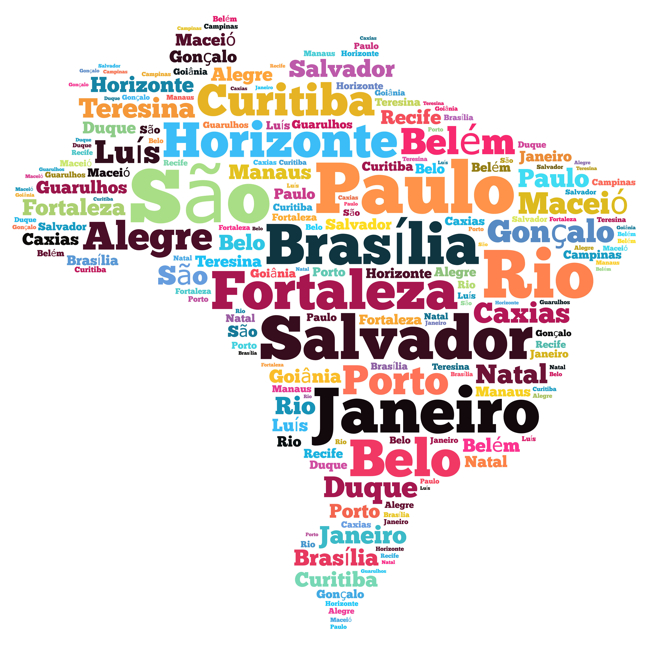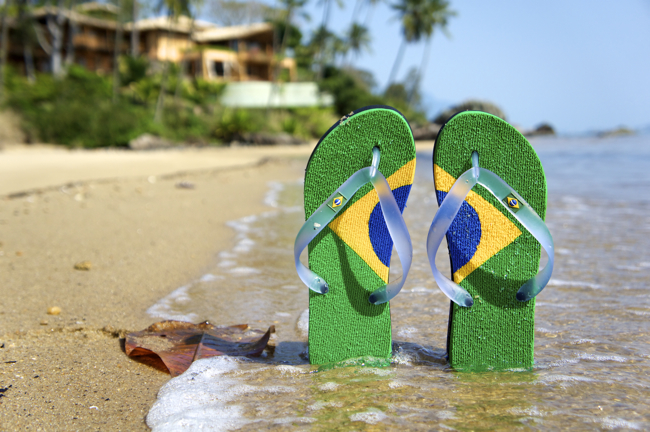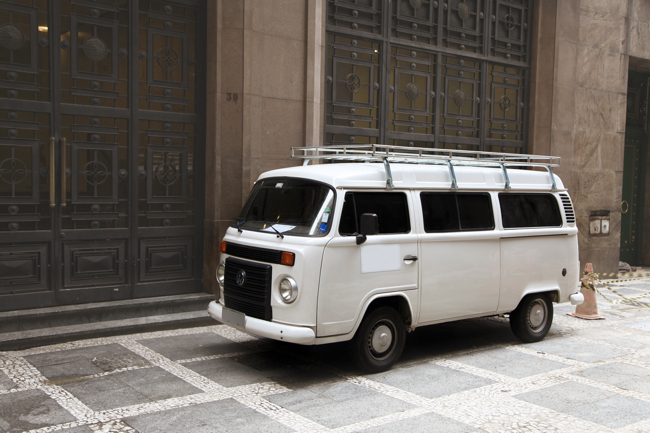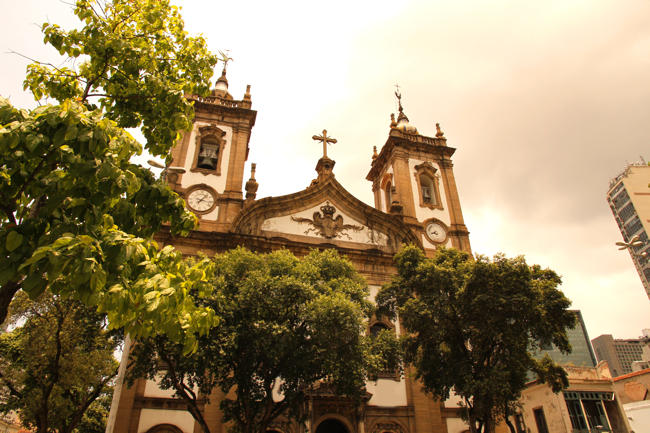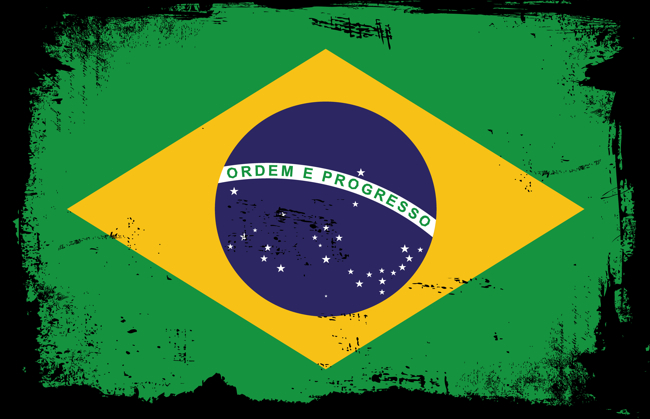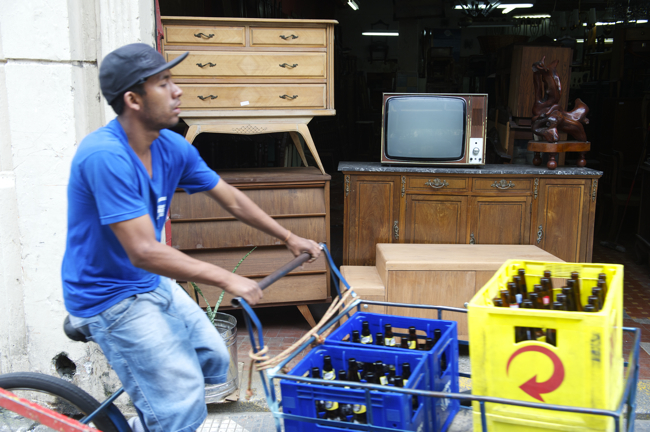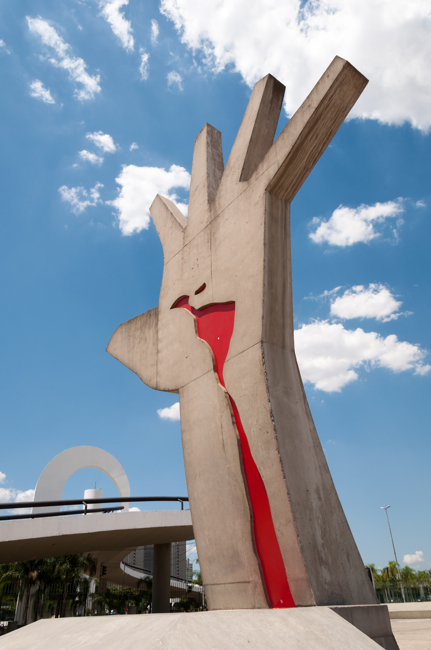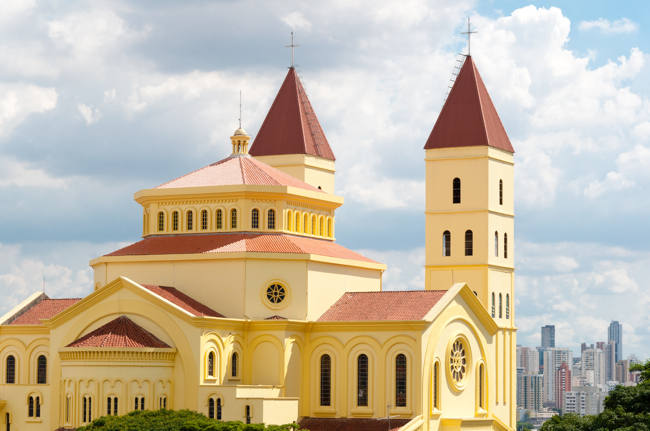Brazil, The Gay Sleeping Giant
LAND OF MYSTERY
Brazil, Latin America largest economy, has a rich history steeped in mystery, dating back more than 10,000 years when the first Native Americans chose to settle on its warm shores.
The Native Americans inhabiting Brazil today descend from Asian migrant hunters who came to the Americas from Siberia, crossing the Behring Strait between 12 and 15 thousand years ago. Around 10 thousand years ago the first groups belonging to this great migration crossed from the North to the South Hemisphere, finding their way to Brazil. However, a recently discovered archaeological site in the northeast of the country, revealed that some 50,000 years ago a group of Australian Aborigines (who have left the African continent many thousands of years before, heading to Australia) somehow made their way to Brazil. Since no genetic trace of this group could be found in the Brazilian population today, archaeologists concluded that they were decimated by the newcomers: the ones that were able to make it probably headed south. Indeed, after a few years of research with no results, the genetic trace of this population was found way down south in the continent, in a very isolated population located in the Argentinean Patagonia.
Most modern historians agree that by the 15th Century most of the country was inhabited by nomadic tribes that lived on hunting and fishing, from the nation’s rich bounty.
There are indications that Europeans reached Brazil before its official discovery. Letters exchanged between the Portuguese colonizers and Portugal stated, for instance, that some of the Tupi-Guarani Indians had blue eyes, a characteristic unknown among Asians.
As recently as a few decades ago, some archaeological sites revealed the possibility of the presence of one or more Scandinavian groups in the country, as early as 1300. Fact is that the first officially documented voyage to Brazil was accomplished by the Portuguese navigator Pedro Alvares Cabral, in April of 1500.
There were no Portuguese settlements until 1532, when down south Sao Vicente (coast of Sao Paulo State, by the Tropic of Capricorn) was incorporated. During the 1600’s the Dutch tried to stake a claim on the country, invading and settling in Recife in the northeast, bringing with them the first Jewish group to settle in Brazil, but were driven out after 25 years. Their presence can still be found in the northeast. Recife’s sewer system was built by the Dutch, for instance, and still in operation to this day.
In the mid 1500’s the Pope helped negotiate the Treaty of Tordesillas, dividing South America between Portugal and Spain, in an attempt to prevent war over the land of the New World: land located east of the Tordesillas meridian would belong to the Portuguese, land located west of it to the Spanish. The Portuguese penetrated well beyond what was stipulated by the treaty and ended up occupying about half of the South America continent.
The French tried to violate the treaty several times, establishing colonies in the north and northeast. At one point they annexed Rio de Janeiro as part of the French Empire but were soon ousted, and the city was returned to Portuguese rule.
Portuguese is the official language in Brazil, which holds about half of the population of South America, making the country linguistically and culturally isolated in the continent. The second most spoken language was French until the mid 70’s, when the school system began to offer English instead, due to its large popularity in the rest of the world and obvious necessity business wise.
The Portuguese were interested in the country due to its plentiful supply of Brazilwood and sugarcane, both immensely popular on the European trading routes. For most of the 1500’s and 1600’s the Colonial governors ran Brazil under a feudal system known as Hereditary Captains, that rewarded their friends with large blocks of land in which they grew sugarcane and exploited the abundant Brazilwood resources. The concentration of huge blocks of land in the hands of a few can be found in Brazil to this day, a consequence of the Hereditary system implanted during the beginning of the country’s colonization.
At first these feudal lords tried to enslave the native population to become their farmhands. The natives proved difficult to domesticate, however, so in short order they decided to bring slaves over from Africa, who proved to be far easier to manage. Indians could not be enslaved successfully due to the fact that the concept of slavery is unknown in their culture, there isn’t even a word in their vocabularies to explain the idea of it. For an Indian, the idea that a human being can belong to another human being is just unthinkable. At that time this wasn’t known, of course, so the Portuguese thought Indians were just plain lazy and unfit for working.
During the 1400’s and 1500’s the Portuguese made several voyages to Africa where they noticed that slavery was a widespread costume, an everyday reality of the African culture: tribes would fight each other frequently and the winner tribe got to enslave the loser. The idea of exchanging goods for the badly needed slaves was the next logical step in the process of colonization of the New World.
Between the 16th and 18th Centuries the majority of the five million natives inhabiting Brazil at the time of the Portuguese arrival were killed or bred out of existence, their survivors being assimilated and mixed with the white colonizer, while hordes of African slaves were brought in for manual labor. It is the mix of Portuguese, Indian and African blood that gives many Brazilians there unique and beautiful skin tones.
On Sept 7, 1822 Emperor D. Pedro I declared Brazil independent from the Portuguese Crown and set the country as a constitutional monarchy. This system of government was not destined to last: in Nov 15, 1889 a coup d’etat ousted the Monarchy and established the first Republic in the country.
Also in the 19th Century, coffee started to gradually replace sugarcane as the nation’s chief export. To this day Brazil is known for growing some of the best coffee in the world. It was also at this time that world of the beautiful beaches and mountains in Brazil started reaching Europeans, allowed for the first time to emigrate to Brazil by a decree of the Emperor, opening the country to foreigners shortly after it became independent.
This resulted in a huge influx of immigrants from Europe, particularly from Germany and Italy. German and Italian influence are still very strong in Brazil to this day.
Brazil is also known for rarely extraditing criminals back to First World Countries, so the nation has become a haven for various exiles from around the world.
The nation is also known for its soccer, a national past time taken very seriously by Brazilians, the biggest carnival in the world, the biggest annual Oktoberfest in the planet after the German one and, of course, for being the birthplace of the thong bikini: this is perhaps why women, who have their pubic region waxed, refer to the procedure as “A Brazilian”. After all, if one is going to wear a thong, one must make sure that you first remove any unsightly hair.
The nation has alternated between democracy and dictatorship since 1889, with the darkest part of Brazil’s history taking place between 1964 and 1985. Concerned about the world wide spread of Communism, the CIA helped establish a right wing, military Pro-America dictatorship in Brazil, in March of 1964. This government was known for torturing, imprisoning and killing significant sections of the population, aiming particularly at the intellectuals and workers leaders. Democratic free and direct elections were immediately banned, existing political parties dismantled and/or forced in to clandestinity, and the indirect American electoral college system of presidential election, with only two artificially created elite political parties participating (no opposition) was adopted.
Blanket censorship laws were also put in to place, forcing many intellectuals and artists to flee the country, in order to avoid prison and/or the death squads.
The democratic system of free and direct elections was reestablished in the 1989 national election for president, with every political tendency having the right to participate, from the most left winger to the most radical right, the Western European model, historically demanded by the population. Since then, the political parties thrown in to clandestinity by the military coup d’etat of 1964 now have a voice in the national political arena, after the demise of the electoral college system of presidential election.
It is widely accepted that for most of its history the real rulers of Brazil have been oligarchs, for the most part rich farmers who have been able to use their money to influence nearly all parts of life in this enormous nation. While this has created some sense of stability, it has also meant that there is a small wealthy ruling class and then a much larger group of very impoverished people: today only about one quart of the country’s 185 million people belong to the middle or upper classes, the remaining three quarts being poor, very poor or completely destitute.
Brazil has a divide between the rich and poor that is almost unknown in the rest of the world. Over the centuries, this has benefited the ruling class, who have had a nearly limitless supply of cheap labor, but been a cancer on the poor, forced to live in areas lacking basic infrastructure, social protections and long term economic hope.
The poor here have always been exploited, the sugar fields, gold and silver mines of the Colonial Era were so dangerous and deadly that the Portuguese had to continually import new slaves, who generally died before they could reproduce and naturally augment the population. When the slaves tried to revolt and create their own independent colonies, hundreds of years ago, they were quickly destroyed by merciless artillery.
For most of its history, Brazil has been plagued by runaway inflation that has discouraged even basic savings practices. On the other hand, a very positive consequence of the galloping inflation of the 70’s and 80’s was the development of the fastest system of check compensation in the world: in Brazil a check is compensated in hours between banks inside of a same city, in 24 hours, between different cities in a same state, and in a maximum of 48 hours when involving different states in the country.
The government tried to fix the inflation problem in 1994 by introducing a new currency, the Real. This measure worked for a brief period of time, until the currency was hardly hit by the Asian financial crisis of 1999. The Real was then devaluated and the nation sunk deeper in to poverty, despite a $41.5 billion bailout from the International Monetary Fund.
This scenario led to union (and Workers Party) leader Luiz Inacio da Silva, a.k.a. Lula, being elected as president in 2003 by promising to reform the system. Alas, his government has been plagued by a series of corruption scandals, a common occurrence in Brazilian political life until then, but something the population who largely voted for him didn’t anticipate. For the first time, the court system seems to be taking the scandals seriously (it didn’t before because the governments elected were not socialist inclined like Lula’s) and there is some promise of reform in the coming years.
This may be small comfort for the millions of poor people who live in Brazil, the fifth most populous country in the world, the fifth biggest in area and the 14th largest economy (GDP) in the planet. Today, more than one in four people in Brazil try to survive on less than one dollar a day. The Brazilian minimum wage is still less than $125 a month, leaving many people unable to ever get ahead.
Under Lula, many social investment programs have been devastated in an effort to pay off some of the country’s massive debt obligations. Lula has cut retirement benefits and changed the tax code. That said, he did create the Zero Hunger program, which promises every Brazilian three meals a day, though this goal has yet to be accomplished. The country still has no foster care system, meaning that dozens of millions of children will continue to live in shanty towns or in the streets for many years to come, with no future ahead of them.
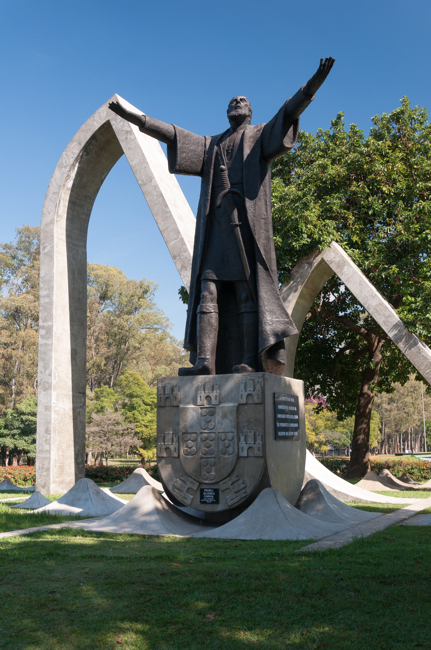 What the future holds for the so called Sleeping Giant is a mystery. Still, it is a welcome place for tourists, who love to lounge on its beautiful beaches and explore its mountains and vistas, while paying less than they would in almost any part of the First World.
What the future holds for the so called Sleeping Giant is a mystery. Still, it is a welcome place for tourists, who love to lounge on its beautiful beaches and explore its mountains and vistas, while paying less than they would in almost any part of the First World.
The history of Brazil was written in cooperation from members of several online web portals. Special thanks to the guys at Gay Guides for their wonderful help in this article!


